Aarvix
Stinger Enthusiast

BMS Zero Maintenance Oil Catch Can
Keep oil out of your intake manifold! The BMS Zero Maintenance oil catch can keeps oil where it belongs preventing it from being sucked through the PCV system and coating your intake manifold, cylinder heat, and valves. In addition to the long term damage and maintenance headaches crankcase oil...
 kdmwarehouse.com
kdmwarehouse.com
I know there's some discussion in the JB4 thread about this OCC, but it'll easily get buried and I figured it's worth having its own discussion. I'll go first!
The unit itself is very nice, machining and anodizing are well done and the two halves fit together nicely with a small o-ring to keep it sealed. Inside, one half has a conical taper to facilitate the "drain back" into the crankcase (please pardon the terrible photo)
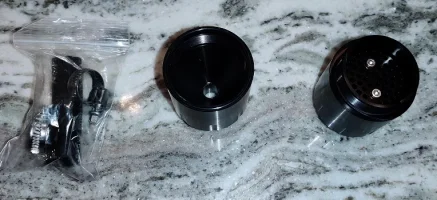
Inside, there are two baffles clocked half a hole from each other. The outlet is not 100% blocked from the inlet, some daylight can be seen through the baffles. Time will tell whether oil droplets will make it through or not.
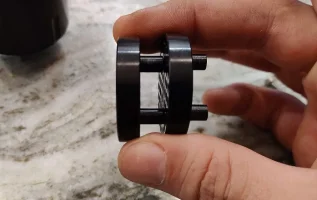
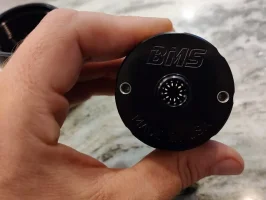
My only critique of the unit is this:
The fasteners that hold the baffles in place were not installed with threadlocker. The PCV is upstream of the OCC, so if the screw were to work itself loose, the only thing keeping it out of the engine is the bend in the hose. I added some 242 loctite just to be safe.
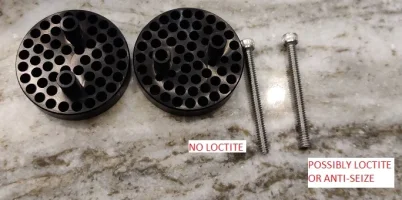
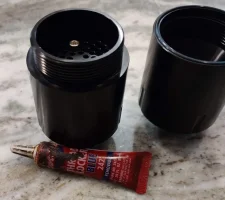
Installation was super quick and simple, however there are no markings to indicate which end is the inlet/outlet. The online instructions cover this (plus it's pretty obvious if you unscrew the thing), but BMS might consider putting an arrow or "this side toward crankcase" nomenclature to further idiot-proof it.
The stock hose plus the OCC is a little long, but the taper of the OEM hose prevented me from trimming it. I may just replace the entire hose, but for now I made it work. I did have to remove the foam piece that was around the hose to keep it from kinking.
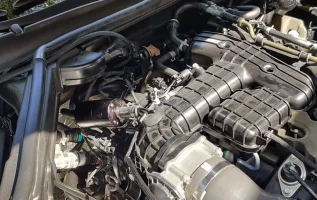
Overall I'm quite pleased with this piece. I'll open her up in a few hundred miles and report back.




